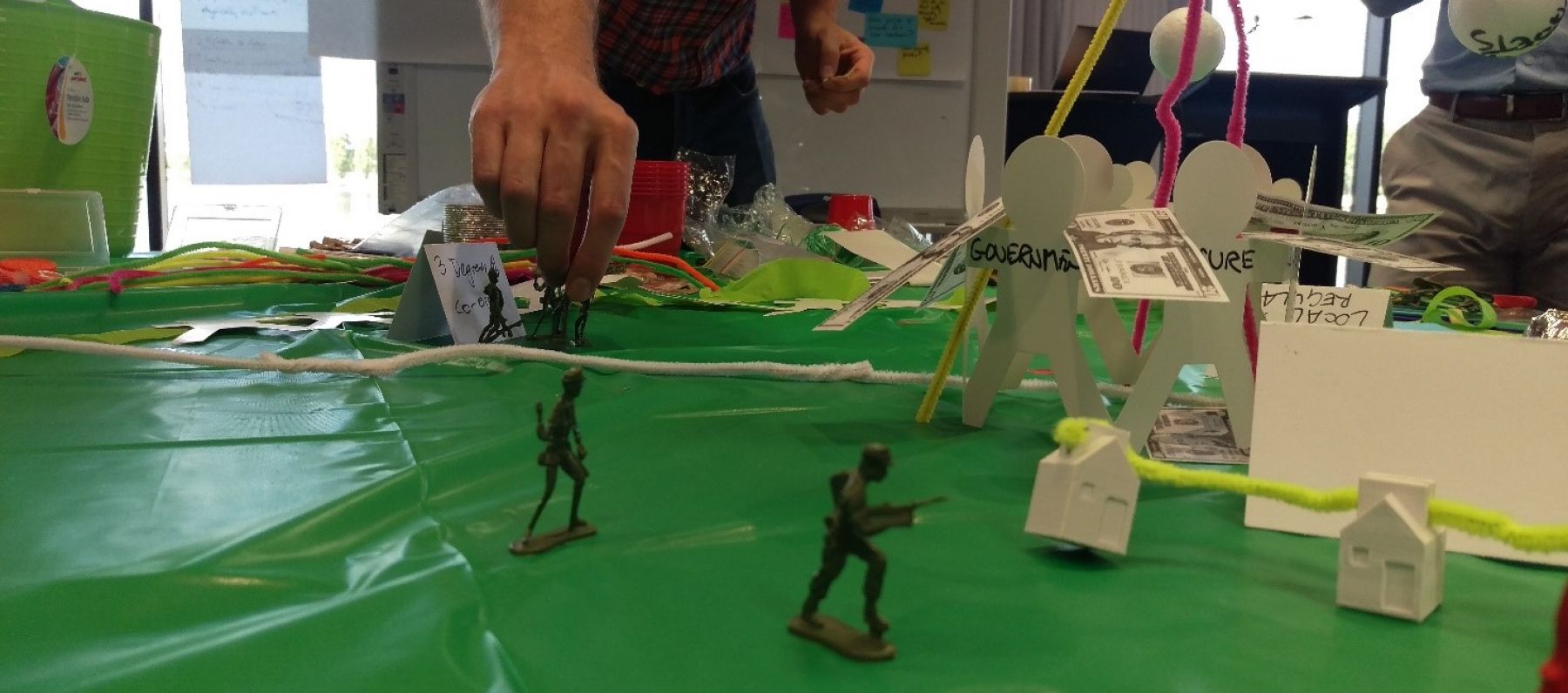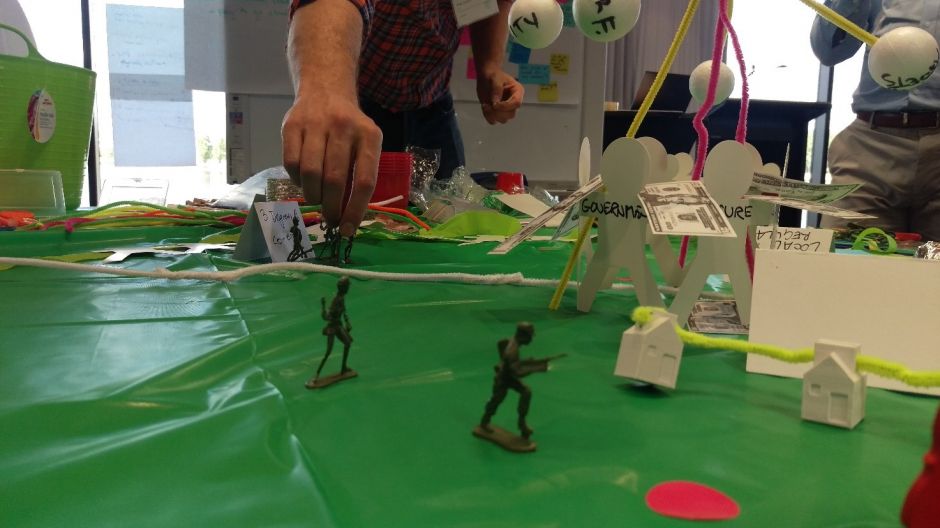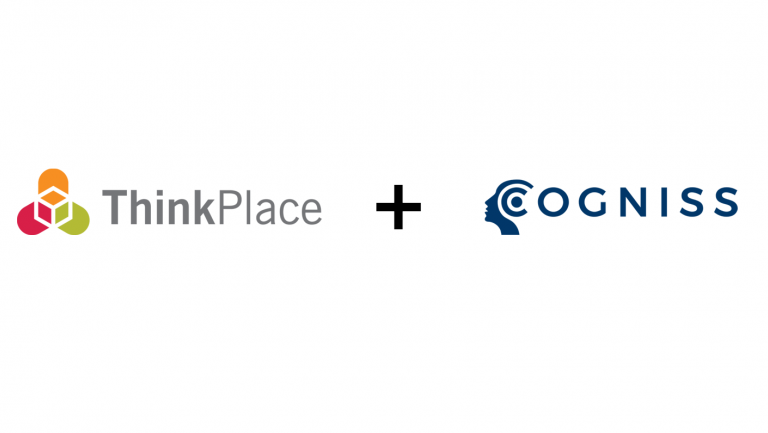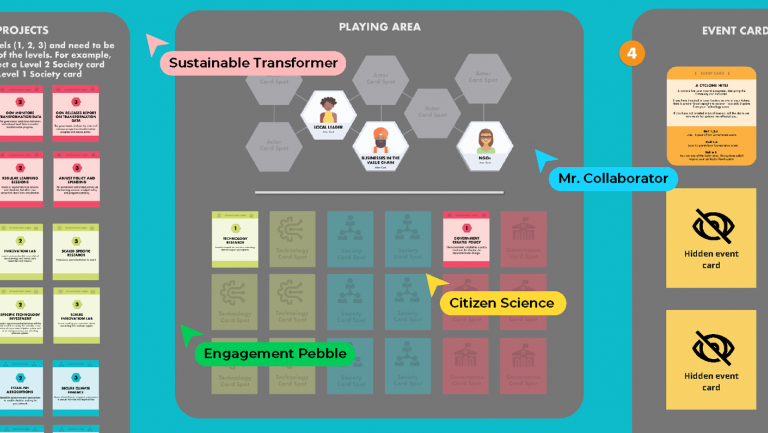Sign up for our monthly newsletter

Turning pessimism positive
Pessimism is the kryptonite of innovation. If it creeps up early in the innovation process, you can easily dismiss an idea before it has had the chance to iterate into something viable. Kodak, for example, invented the first digital camera in 1975 but didn’t pursue it. Xerox developed the first personal computer, but allowed Steve Jobs to seize the opportunity. We can only guess that a pessimist somewhere in those companies naysaid the idea.
One of my clients is trying to foster innovation in her area, yet one of her team members always seems to make negative comments. She was considering not involving him in brainstorming sessions when she asked for my advice.
What should I do with the pessimist in my team?
I advised my client not to exclude her cynical team member. The tricky part is this: how do you foster fragile ideas while also drawing on the expertise and experiences of self-confessed ‘realists’? Here are my tips for how to pessimism positive.
1. Be clear about phases
One of the best things you can do in meetings is to be clear about when to develop ideas and when to analyse them. Our methodology, the ThinkPlace Design System, starts by framing our intent. Then we explore—gathering insights from users—before innovating, prototyping and iterating, and finally evaluating and formulating our ideas. During the innovate phase, it’s really important to delay criticisms that might get in the way of an idea before it has had the chance to get started.
So be clear with your teams that the time you’re coming up with ideas is not the time for criticising them. One of my hot tips is a parking lot. At the beginning of an ideation session, hand out post-its and create a large space called Questions. If people raise problems like ‘no-one would want to buy that’, ask them to write it down as a question, like ‘how would we discover if people are willing to buy that?’ Post the questions in the parking lot and keep them so you can develop experiments and test ideas later in the process.
2. Explore the landscape before developing solutions
It might be hard to admit it, but sometimes the pessimist is right. Maybe you’re exploring a new organisational change and someone says ‘that will never work for frontline staff’. My advice is to explore users’ experiences before jumping to solutions. Examples of how we have explored at ThinkPlace include interviewing homeless people in Auckland, observing nurses in Ghana, or giving users cameras and journals to document their lives. Hearing from users can be powerful for pessimists. I’ve heard some pessimists say ‘people should just read the guide book’ or ‘the website doesn’t need changing, it’s easy to navigate’. Spending time with users helps these pessimists understand why it’s hard for users to comply with policy or see first-hand that people can’t navigate through the website.
Explore the current state. Sometimes the reason someone is sceptical is that they haven’t been given the chance to voice their concerns. Before ideating, one of the best things you can do is explore the current state. The pessimist in your team could be mighty good at this – particularly pointing out the pain points. You could ask people to write on post-its the drivers for change, what’s been tried before, the trends in their industry, economy and community and then cluster their ideas into themes that can form their case for change. If you’re undergoing organisational change, you’ll need considerable time for this. Otherwise problems will continue to be raised, long into the innovation stage.
Gain consensus through the future state. While it might be hard to get agreement on what we should do this year, you can often get agreement on where we should be in ten years’ time. Once you have explored the current state, spend time pondering the future before jumping to solutions. One exercises we find helpful is the newspaper exercise. We make a large A3 template of a newspaper article for 2026, with all the fields blank. If you’re working on an organisational project, it could be the CEO’s annual address for 2026. The sections of the template include spaces for participants to write a grabbing headline, a key quote, a story about one person whose life has changed and even a space to draw a picture.
3. Challenge the pessimist
Sometimes it is important to challenge pessimists to think in different ways, particularly if you are in an explore or innovate phase.
Yes, and… One way to get the most out of a pessimist while taking the sting out of criticism is to ask people to build on each others’ ideas by saying ‘yes and…’ instead of ‘but’. We recently used this tactic for a very technical client in an intractable situation in which ‘but we’ve tried that’ or ‘but that would never work’ came up a lot. Encouraging them to say ‘yes and…’ took the tension out of some strained meetings. Pixar, the animation company that has produced fourteen feature films and won 27 Academy Awards, uses a similar strategy, that it calls ‘Plussing.’ Film directors review daily the frames that animators produce. It’s very tempting to critique the frames, quashing creativity. The aim of plussing is to see each idea like a gift and to ‘accept all offers’. Once offered a gift, you need to build on it, not dismiss it. With that in place, you can generate new ideas to create something even better.
Catalytic questioning. Another way to reduce tension while exploring the system you’re trying to change is catalytic questioning. This allows participants to voice concerns and issues in a safe way. Before you do this activity, you’ll need to have some sense of your future state, which you can write up on a board. Then ask participants brainstorm all the questions they can think of related to that topic. Participants are allowed only to articulate questions. You’ll need to encourage them to push through and ask 50 or more questions.
Role play. Role playing can help someone who’s a bit critical to see things from others’ perspectives. You could ask a pessimist to role play in the position of a customer or client, using information gathered during your research. Or, inspired by de Bono’s Thinking Hats, you could ask all team members to think from one of the hat perspectives. To get a black-hatted pessimist thinking differently, you could allocate him or her the yellow hat for creativity or the green for benefits.
4. Give pessimists a positive outlet
Sometimes finding out what could go wrong is the right thing to do. There are two ways we like to do this at ThinkPlace. The first is testing. Whether you write out a storyboard or build a model, prototyping and testing is the ultimate way of finding out whether someone’s concerns were accurate. Prototyping is designed to test a hypothesis or a question – such as one of the questions from your parking lot or your catalytic questioning. This means there is no failure: hypotheses are either confirmed or not.
If you can’t test your idea immediately, try doing a ‘pre-mortem’ exercise, in which participants imagine that their idea has ‘died’. Ask participants to explain how their idea died and how they would modify their idea to avoid or mitigate the risks that could kill it.







